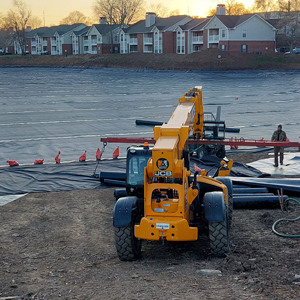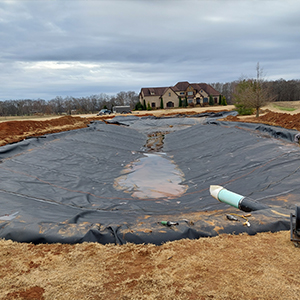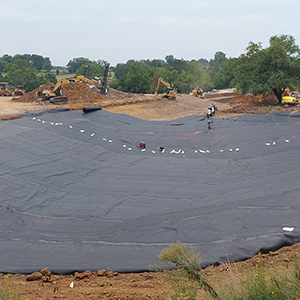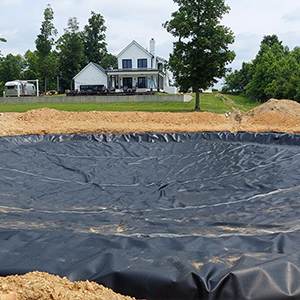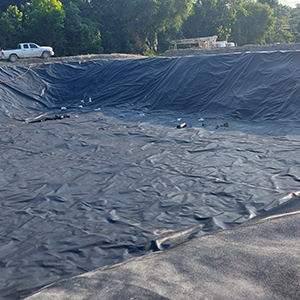Increasing awareness for protection of our natural resources creates a demand for primary and secondary containment of chemicals and contaminants to safeguard the environment. Quality Lining Company is committed to the goal of offering quality products and installation services to meet our customers environmental challenges.
We install pond liners, geomembrane and HDPE linings in Alabama, Tennessee and all around the Southeast!
Installing pond linings near you!
Explore our services
What our customers says about us!
-
We have a 1/2 acre pond that has leaked for several years, we have spent a lot of money over the years with a number of pond builders that said they could stop the leaks, to no avail. We found Quality Lining Co. on the internet and gave them a call, Fred came out, gave us an estimate, worked with our dirt guy, he and his whole crew worked incredibly hard to create our masterpiece, this was almost two years ago, we have had no issues, Fred has checked in with us many times and has taken a personal interest in the continued life of our pond. We would highly recommend Quality Lining and Fred for their knowledge, expertise and integrity in building a pond/lake project of quality and beauty in a timely manner.
Lorraine Heyworth -
After wasting a significant amount of money with two other companies (trying to amend soil with bentonite) our pond simply would not hold water. Fred Gunter at Quality Lining made a site visit and spent quite a lot of time with us. He’s a straight shooter. He recommended an awesome dirt work guy and Quality Lining furnished and installed the liner (right at one acre). Pond is absolutely beautiful!! He also put us together with a pond maintenance company to stock and maintain the lake. I wholly recommend Quality Lining!!
Morgan Wood -
Fred and crew lined our 5.6 acre lake in 2007 with 40 mil HDPE, held water like a plastic bucket, then enlarged in 2015 to 7.0 acres. Very happy with end product, Fred produced what he promised, and on time, highly recommend!
Jeff Johnson

